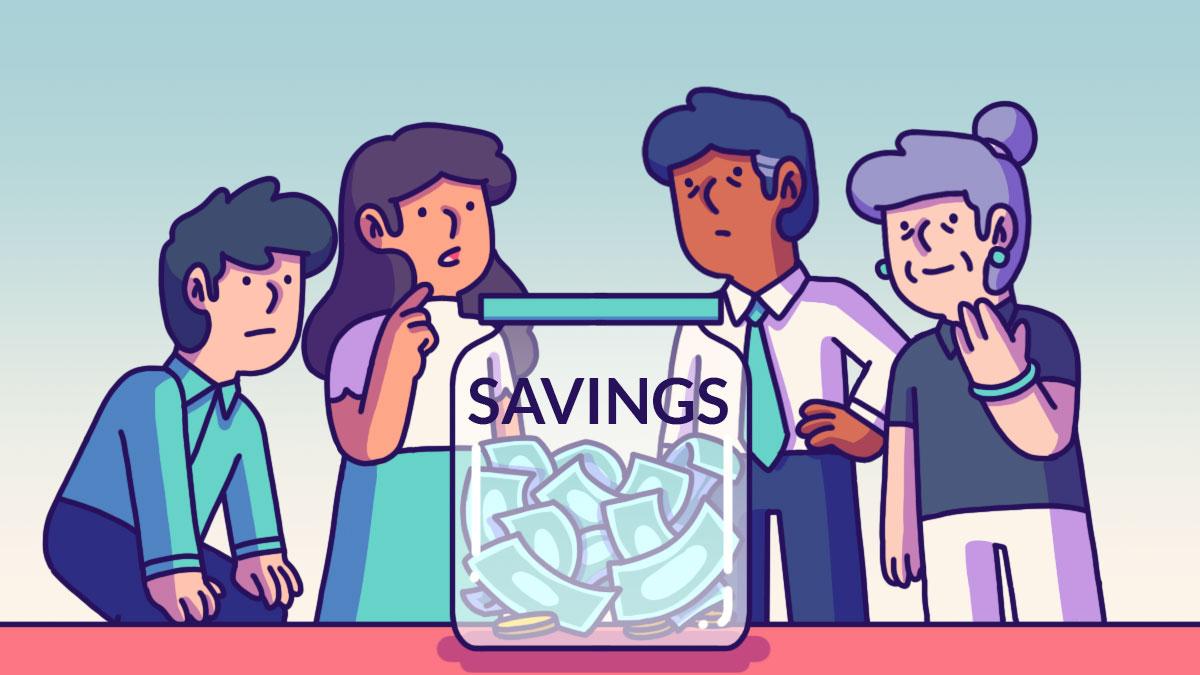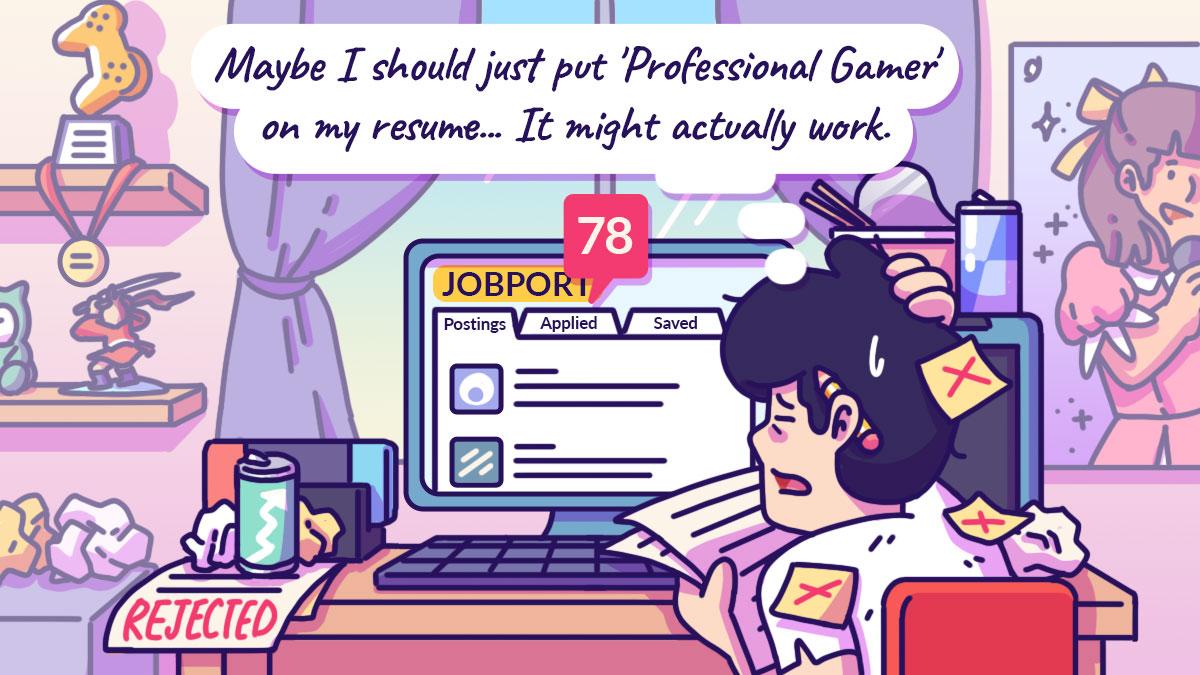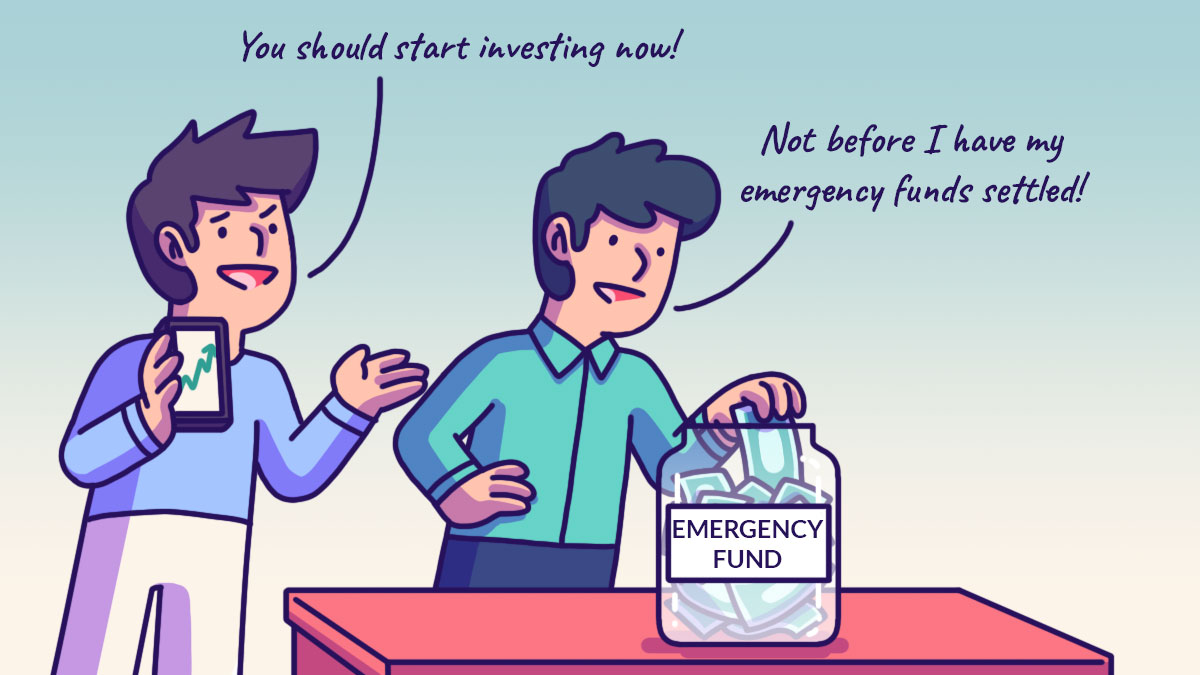
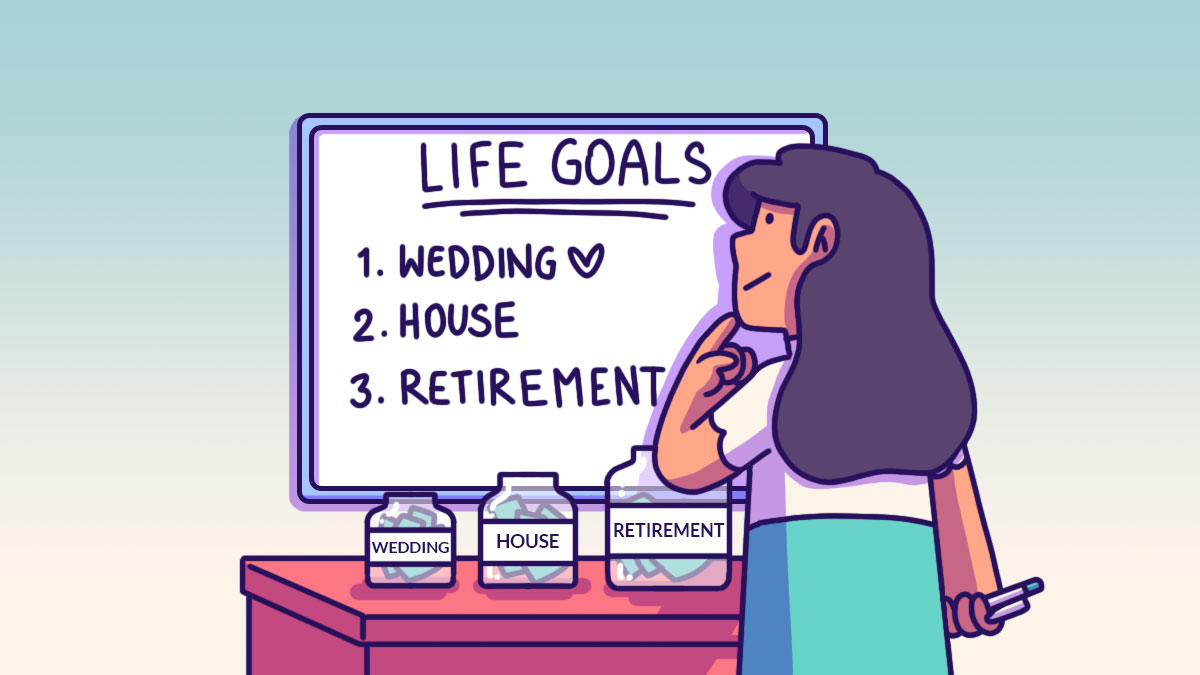

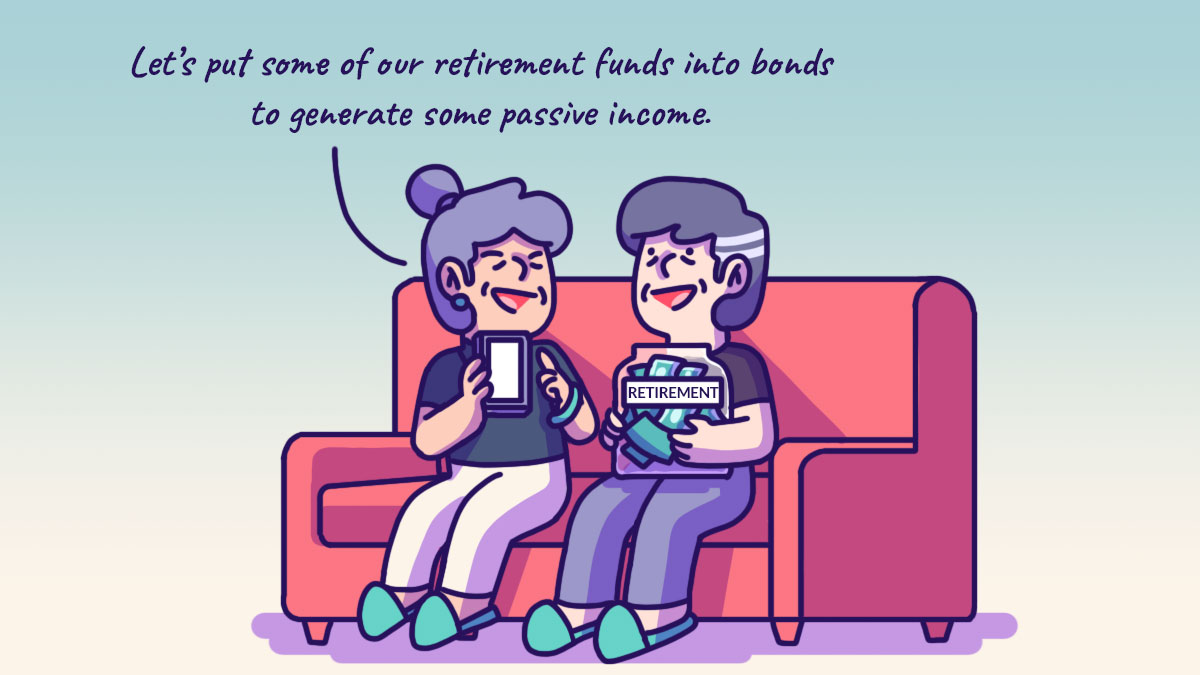 Any age is a good time to start saving and investing towards a stable financial future but the approach you take will differ depending on your age, life circumstances, and risk appetite.Broadly speaking, the older you get, the less risk you can afford to take on your investments because you’re drawing closer to retirement and will need to use your savings for it.And while you may be able to take more risk when you’re younger, you usually start with less money too, which means that you’ll have to figure out how to prioritise your savings allocation.
Here, we’ll guide you through how you can allocate your savings at every age.
Any age is a good time to start saving and investing towards a stable financial future but the approach you take will differ depending on your age, life circumstances, and risk appetite.Broadly speaking, the older you get, the less risk you can afford to take on your investments because you’re drawing closer to retirement and will need to use your savings for it.And while you may be able to take more risk when you’re younger, you usually start with less money too, which means that you’ll have to figure out how to prioritise your savings allocation.
Here, we’ll guide you through how you can allocate your savings at every age.

Your Early 20s: Focus on building a solid financial foundation
Most of us graduate and start our first jobs in our early 20s. At this age, you likely don’t have a lot of financial commitments, which makes this a great time to start building your savings. You may be eager to start investing those savings, but you need to cover your financial bases – having an emergency fund and insurance protection – else, you may find yourself forced to cash out on your investments at the wrong time. Hence, one of your top priorities at this stage should be to create a cash buffer that you can draw on to pay for an unexpected expense or life event such as a broken laptop or retrenchment. This cash buffer is also known as an emergency fund, and it is usually recommended that you have 6 to 12 months’ worth of your living expenses in your emergency fund. Make sure you put your emergency fund in a liquid interest-bearing bank account that keeps up with the inflation rate. A high-yield bank savings account or a cash management fund are some options that you may consider. A note on insurance protection: Just because you have an emergency fund doesn’t mean you’ll be protected for every unexpected life circumstance. Serious medical issues can happen at any time, and when they do, treatments can cost up to the hundreds of thousands, which your emergency fund will not be able to cover. Getting sufficient relevant insurance protection can tide you through these medical emergencies. Therefore, it is important to get yourself covered while you are young and healthy.
Your Mid-to-Late 20s: Save and invest for your life goals
Once you’ve stocked up on your emergency fund and insurance protection, you can consider investing the rest of your savings to help you achieve your life goals. In your 20s, you’ll come across advice telling you to invest aggressively because time is on your side and you are best positioned to take advantage of compounding to grow your money. But don’t put all your money in the stock market just yet. The advice, though well-meaning, only applies to money that you’re setting aside for goals that are 30 to 40 years down the line, like retirement. But retirement isn’t the only financial goal you’ll have in life, because as you progress through your twenties, you’ll inevitably realise that you want to achieve other goals before retirement – having the wedding of your dreams, perhaps, or putting a down payment on a house. These goals have a relatively shorter time frame compared to retirement, anywhere from 1 year to 5 years. So, when thinking about investing, it helps to list your goals and separate your savings into “buckets” that are invested in different vehicles that suit the goal’s time horizon. Shorter-term goals can be worked towards via lower-risk investments such as money market funds, cash funds, and short-term bonds to earn a potential return on your savings without exposing your cash to too much volatility. Meanwhile, depending on your risk appetite, you may consider investing some of your retirement savings in the stock market, which may fluctuate in the short term but generally trend upwards in the long term. Make sure to also review your insurance coverage at this stage as you may require additional coverage due to the increase in your income.
Your 30s and 40s: Building your retirement fund while managing financial commitments
By this point, you’re well into your career, and hopefully, your income will have increased since your 20s. Along with increased income, most of us would have some form of financial commitment such as a family and a mortgage. What you do with your savings at this age largely depends on how many commitments you have and your life circumstances. You can generally find two camps of people in their 30s and 40s – those who have started a family, and those who haven’t, or plan not to (the latter is sometimes known as DINKs – dual income, no kids).The family man or woman
If you haven’t started investing toward your financial future, now’s a great time as any. Although you have more payments to make and more mouths to feed, it’s essential that you’re putting away some money towards your retirement so that you lead your desired lifestyle when you decide to cut back on work or stop working entirely. This is also the period in life when you’ll have another major purchase looming on the horizon – your child’s university education. Tertiary education can cost hundreds of thousands, especially if you’re considering sending your child overseas to study. While you may want to give your child the best education, it shouldn’t come at the cost of your retirement. Many parents who end up paying through the nose for their child’s education may find themselves with nothing (or very little) for themselves when they retire. So, being prepared to settle for a cheaper alternative, and considering other financing options like scholarships, grants, and student loans is completely okay. Planning for it when they’re still young will give you ample time to build your child’s education fund. Because you’ll have 10 to 15 years to contribute to the said education fund, you can consider investing it in moderate-risk assets that can potentially grow over time.Dual income, no kids (DINK) / Single Income No Kids (SINK)
Unlike someone with a family, your financial commitment may only be a mortgage at this stage in your life. And with the means to pay it off quicker, you may be asking the question, “Should I set aside more money to pay off my mortgage early, or save more for my retirement?” To answer that question, take some time to review your financial situation and calculate how much money you’ll be saving if you decide to pay off your loan versus how much you’ll likely earn from saving for retirement before making your decision. After all, your retirement is just as important as being debt-free. Keeping lifestyle inflation at bay also becomes trickier as you get older, and if you get used to a more expensive lifestyle, chances are you don’t want to give this lifestyle up during retirement. Hence, it’s worth taking stock of your retirement goals periodically throughout your 30s and 40s. Do you need to increase the amount that you’re setting aside for retirement to accommodate your current lifestyle? The good news is that you’ll probably be at your highest earning potential during this time in life, which means you can divert more money to your retirement. Whether you’re a family man, DINK, or SINK, depending on your risk appetite, your retirement fund may largely consist of assets with long-term growth potential like stocks. Still, you may want to adjust your allocation to include more low-risk assets such as bonds and money market funds to cushion the risks from equities as you progress into your 40s and get closer to your retirement age.

